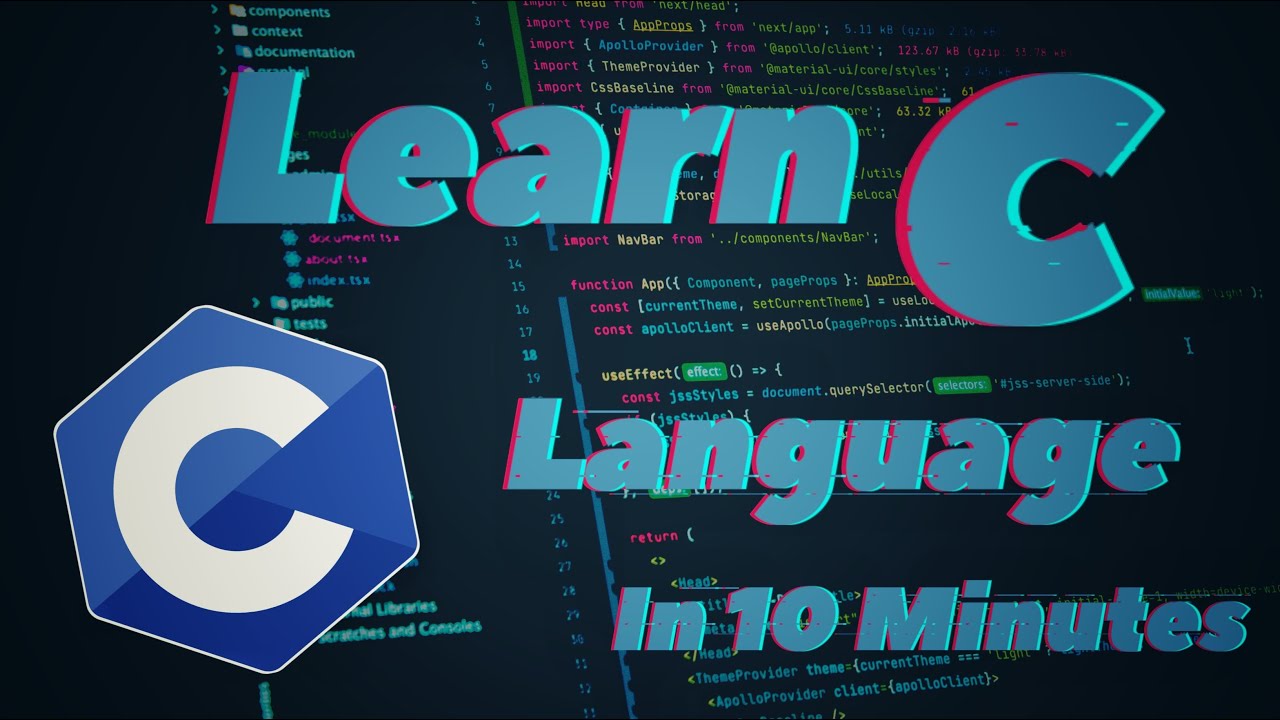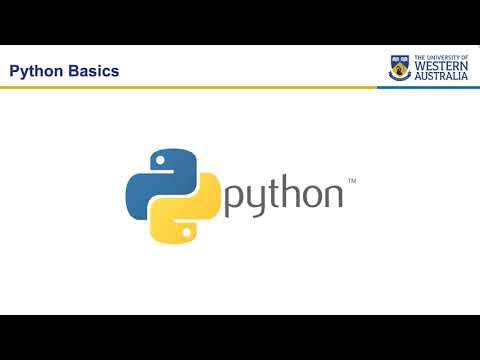PEMROGRAMAN PROSEDURAL | BLOCKLY | MATERI INFORMATIKA KELAS 8 FASE D | BAB ALGORITMA DAN PEMROGRAMAN
Summary
TLDRThis video introduces procedural programming, focusing on core concepts such as variables, conditionals, operators, and loops. It explains how instructions are executed step by step in a sequence of input, process, and output. Viewers learn about decision-making using `if` statements, mathematical, comparison, and logical operators, as well as loops for repetitive tasks. The video includes practical examples like temperature conversion and student score evaluation, making these programming concepts accessible and engaging for learners. Overall, it's a foundational guide to understanding and applying procedural programming techniques.
Takeaways
- 😀 Procedural programming is based on procedure calls, where a series of computational steps are executed in sequence.
- 😀 Computers require a program to determine what tasks to perform, with input, processing, and output as core components.
- 😀 Variables are used to store values that can be reused within a program, and they can store text (strings), numbers, or boolean values.
- 😀 Naming variables should be meaningful and easy to understand, making it easier to reference them later in the program.
- 😀 Conditional statements, such as 'if' and 'else', allow a program to make decisions based on specific conditions.
- 😀 Operators play a crucial role in decision-making within programs. These include mathematical, relational, and logical operators.
- 😀 Arithmetic operators (addition, subtraction, multiplication, etc.) perform calculations within the program.
- 😀 Relational operators (e.g., 'equals', 'not equals', 'greater than') are used to compare values and return true or false.
- 😀 Logical operators (such as 'AND', 'OR', and 'NOT') help combine multiple conditions and manage decision-making in programs.
- 😀 Loops or repetition in programming allows certain tasks to be repeated until specific conditions are met, improving efficiency.
- 😀 Two common loop blocks include 'repeat X times' and 'repeat while', each of which controls the number of iterations based on conditions or set limits.
Q & A
What is procedural programming?
-Procedural programming is a programming paradigm based on the concept of procedures or functions, which execute a sequence of steps to accomplish tasks. It involves giving direct instructions to the computer to perform computations step by step.
What are the key components of a procedural program?
-A procedural program typically involves three components: Input, Process, and Output. Input refers to the data entered, Process involves the computation or operations performed on the data, and Output is the result displayed or used after processing.
How does a program handle input and variables?
-Programs handle input by storing values in variables. These values can be numbers, text, or other data types. Variables are essential for storing and accessing data needed for computations and output.
What are the common types of operators used in procedural programming?
-In procedural programming, common types of operators include arithmetic operators (like addition, subtraction, multiplication), relational operators (such as equal to, not equal to, greater than, less than), and logical operators (like 'and', 'or', and 'not').
Can you explain the concept of branching or conditionals?
-Branching in programming allows the program to make decisions based on certain conditions. For example, an if-else statement enables the program to choose one action if a condition is true, and a different action if the condition is false.
What are the differences between the 'if' and 'else' statements?
-'If' is used to check whether a condition is true, and if so, it executes a block of code. 'Else' is used to execute a different block of code if the condition is false. Together, they help control the flow of a program based on conditions.
What is the role of loops in procedural programming?
-Loops allow a program to repeat a set of instructions multiple times until a certain condition is met. This is useful when a task needs to be repeated, such as processing a list of items or performing calculations until a specific value is reached.
What is the difference between 'repeat...times' and 'repeat...while' loops?
-A 'repeat...times' loop executes a block of code a specified number of times, whereas a 'repeat...while' loop continues as long as a certain condition is true. The 'repeat...while' loop will stop when the condition no longer holds.
What are variables, and why are they important in programming?
-Variables are named containers used to store data, such as numbers or text, that can be accessed and modified throughout the program. They are important because they allow data to be reused and manipulated within the program.
What are the three main types of data that can be stored in a variable?
-The three main types of data that can be stored in a variable are: strings (text), numbers (integers or floating point), and booleans (true or false values). These data types allow different kinds of operations and comparisons to be performed in the program.
Outlines

このセクションは有料ユーザー限定です。 アクセスするには、アップグレードをお願いします。
今すぐアップグレードMindmap

このセクションは有料ユーザー限定です。 アクセスするには、アップグレードをお願いします。
今すぐアップグレードKeywords

このセクションは有料ユーザー限定です。 アクセスするには、アップグレードをお願いします。
今すぐアップグレードHighlights

このセクションは有料ユーザー限定です。 アクセスするには、アップグレードをお願いします。
今すぐアップグレードTranscripts

このセクションは有料ユーザー限定です。 アクセスするには、アップグレードをお願いします。
今すぐアップグレード関連動画をさらに表示
5.0 / 5 (0 votes)






